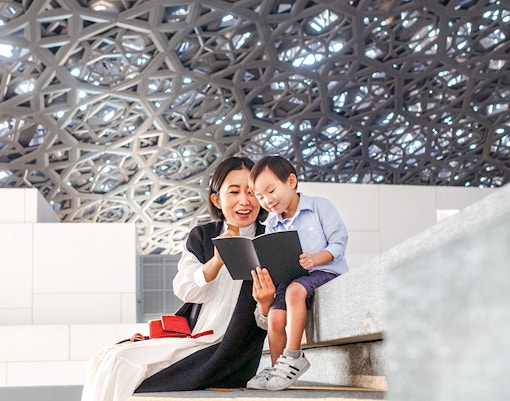This museum isn't your typical four-walled building. The Louvre Abu Dhabi takes a fresh approach, mixing modern design with a nod to Islamic architecture. The buildings are low-rise, clustered together like a traditional marketplace, creating a "museum city" on the water.
The real star of the show, though, is the dome. Imagine a classic dome reimagined for the 21st century. Sunlight filters through its fancy, layered design, creating a magical "rain of light" inside.
The whole place feels like a meeting point of East and West. Contrasting metals and limestone highlight this connection, making it clear that the Louvre Abu Dhabi is a place where art lovers from anywhere can come together.















